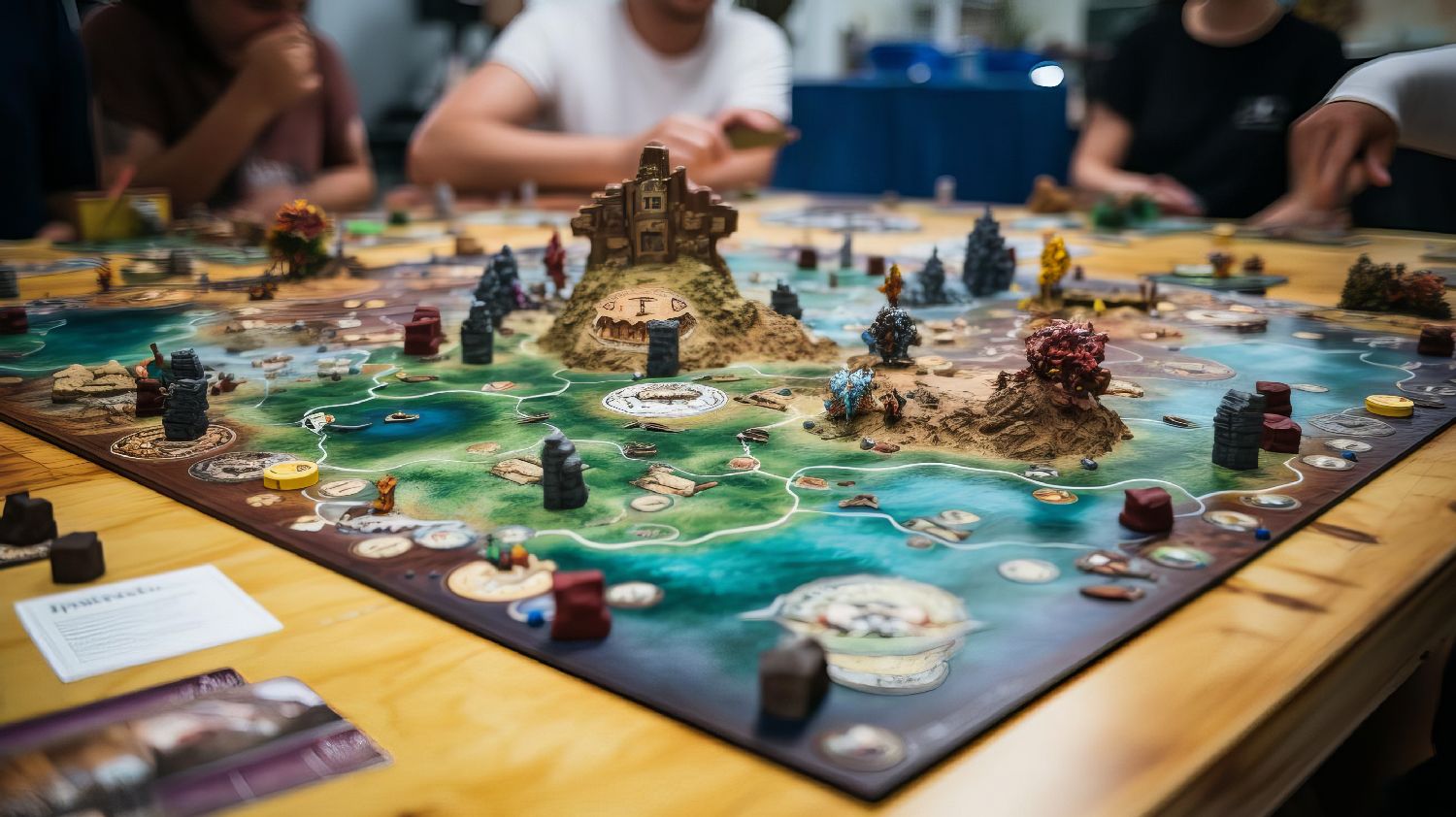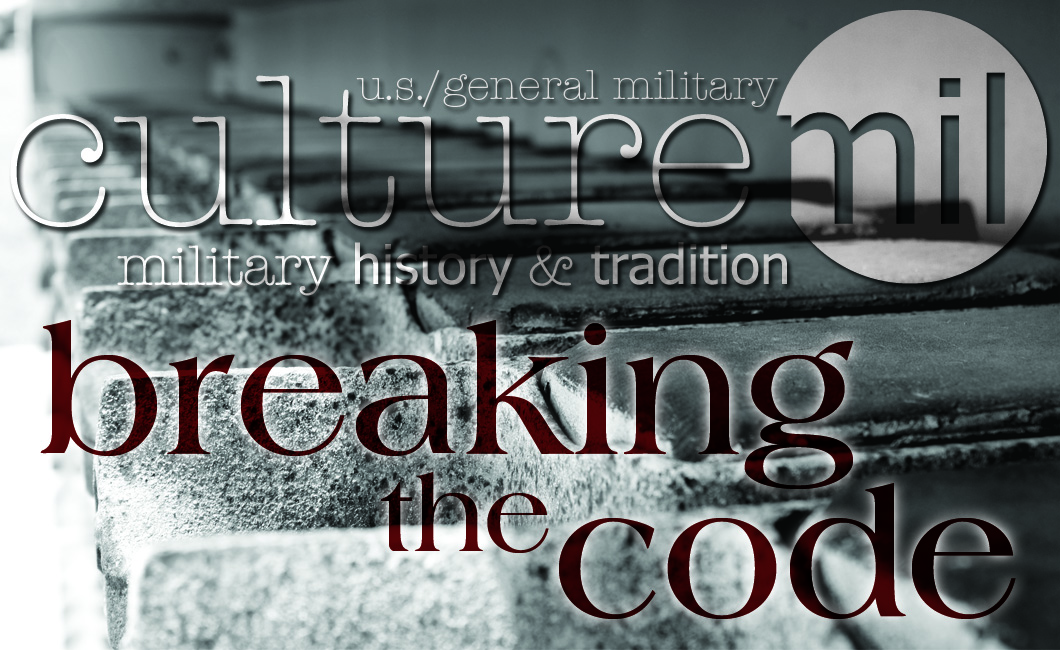- http://kakopa.com/geo/friedman.htm
- https://en.wikipedia.org/
- https://www.army.mil/article/127519/William_F__Friedman____Master_Code_Breaker
- https://en.wikipedia.org/wiki/Charles_Wheatstone#Cryptography
- http://www.kingscollections.org/exhibitions/archives/wheatstone/life/cryptograph
- http://practicalcryptography.com/ciphers/playfair-cipher/ 1
- http://practicalcryptography.com/cryptanalysis/stochastic-searching/cryptanalysis-playfair/ 1
- https://www.nsa.gov/news-features/declassified-documents/cryptologic-spectrum/assets/files/legendary_william_friedman.pdf
- https://www.britannica.com/topic/Volstead-Act
- https://books.google.com/books/about/The_Shakespearean_Ciphers_Examined.html?id=PcHJbsXOTMwC
- http://www.smithsonianmag.com/history/coast-guards-most-potent-weapon-during-prohibition-codebreaker-elizebeth-friedman-180954066/
- https://en.wikipedia.org/wiki/Elizebeth_Friedman
- http://marshallfoundation.org/library/photographs/william-f-friedman-children-barbara-john-ramsay-friedman/
- http://www.imf.org/external/index.htm
- http://www.arlingtoncemetery.net/wfried.htm
- https://www.findagrave.com/cgi-bin/fg.cgi?page=gr&GRid=25154231
Written by Jenifer Chrisman on June 5, 2017.
“When choosing a key word, never choose one which is associated with the project with which one is engaged.”
– Elizebeth Smith Friedman
To this day, Elizebeth Smith Friedman (August 26, 1892-October 31, 1980) and William Frederick Friedman (September 24, 1891-November 12, 1969), a husband and wife team, are still considered among the best of the best code breakers in the world.
William, considered the Harry Houdini of codes and ciphers, was a recent graduate of Cornell University (1914) with a degree in genetics when he was approached by retired Colonel George Fabyan, owner of Riverbank Laboratories. Located on the Riverbank estate (600 acres) west of Chicago, the scientist’s hired by Fabyan studied anything that caught his interest, from sound waves to biology and plant genetics to cryptology, among other things. William became head of the Department of Genetics at Riverbank, signing on at one hundred dollars a month, in September of 1915.
Meanwhile, Elizebeth Friedman (nee Smith) graduated with an English degree from Michigan’s Hillsdale College (1915). After moving to Chicago, where she worked at the Newberry Library, she met with Fabyan on the recommendation of another staff member and agreed to work for him. Assisting Elizabeth Wells Gallup, she studied Shakespeare, looking for secret messages within the original printed copies while also attempting to prove, as Gallup believed, that Shakespeare’s works were actually written by Francis Bacon. This theory was disproved by the Friedmans in their book, ”The Shakespearean Ciphers Examined,” published in 1957, which won them the Folger Shakespeare Library literary prize.
After William met Elizabeth at Riverbank he too became interested in code breaking. By the time they married in May of 1917 they were exclusively studying code. During this time, Fabyan had offered free decrypting services to the government as Riverbank Laboratories was the only cryptologic organization in the United States until the Army Cipher Bureau was created late in 1917.
Toward the end of World War I, Sir Charles Wheatstone’s Cryptograph (also known as the Playfair cipher invented in the mid 1800s), a small cipher machine, was being manufactured by the British Army. Used by the Allied forces, no one among the British, Americans or French had been able to decrypt its cipher.
A digraph substitution cipher generally based on a “key” word, the Playfair cipher1 has 625 possible digraphs (as opposed to the typical 25 possible monographs), replacing pairs of letters with other pairs of letters rather than replacing a single letter with another single letter, thus obliterating letter frequency statistics. The pair letters were regularly altered and required an adjusted corresponding machine to interpret the message.
To ensure the code was truly undecipherable, five telegram messages were sent to William and Elizebeth. In approximately three hours, the Friedmans had decoded all five messages, the first of which read, “This cipher is absolutely indecipherable.” The 11,000 already built devices were never used.
When the Army Cipher Bureau was created and the flow of intercepts stopped arriving at Riverbank, Fabyan wanted to remain in the action. He arranged for William and Elizabeth to teach cryptography to Army officers. Shortly after classes ended, William joined the Army, accepting a first lieutenant’s commission, concentrating on breaking into the German codebooks for the last five months of the war.
William and Elizebeth returned the following spring to Riverbank, resuming their studies, which Fabyan published in the Riverbank Publications series as individual volumes.
After William published “The Index of Coincidence and its Applications in Cryptography” in 1920, considered one of the most important single publications in cryptology, the Army offered William and Elizebeth a six-month trial period as civilian “code experts.” William was hired permanently as the War Department’s chief code breaker in 1922, solving numerous unbreakable ciphers.
Elizabeth hit her stride when, in 1927, she was loaned out from the Department of Justice as a “special agent” to the Coast Guard. This loan was to assist the Coast Guard in enforcing the Volstead Act (formally the National Prohibition Act enacted in 1919 and taking effect in 1920 to provide enforcement for the Eighteenth Amendment, prohibiting the manufacture and sale of alcoholic beverages) against the influx of smuggled alcohol from outside the U.S. She did this by decrypting enciphered and encoded radio traffic. From there she moved on to the Treasury Department. Her contributions in decoding thousands of transmissions led to numerous trials and, for her, unwanted publicity.
With the onset of World War II, Elizebeth began decoding messages from German spies. She also devised the code system for the newly forming Office of Strategic Services.
During this time, William was moved to the new Signal Intelligence Service (SIS) with the War Department after the closing of the Black Chamber (a cooperative effort that decoded messages between the Japanese embassy and Tokyo) in 1930. He was principally tasked with training the next generation of code breaking experts. Using the Black chamber files to learn Japanese cryptology, his first four students were ready to begin decrypting communications between Japanese diplomats in two years. Having acquired the knowledge that America was to read their secret messages, the Japanese began using “Angooki Taipu A” or “Red,” a new electromechanical cipher machine. In turn, the Army charged Friedman’s group with breaking the new, more complex cipher in 1935. By 1936 they succeeded.
“Red” was replaced with “Purple,” which used a switch similar to what is used in a telephone’s automatic exchange, in February of 1939. It took eighteen months, dozens handling statistical analysis and William working obsessively day and night before the machine, of which they had no parts to study until after the war, was recreated and the code broken. Its impact on the war, especially in regards to coded messages sent to Tokyo from the Japanese ambassador in Berlin, proved invaluable.
William spent three months recovering from a mental breakdown after “Purple.” Although he received the go ahead to return to active duty he was discharged from the Army, returning to civilian life while simultaneously training more personnel and organizing the breaking of new cipher systems. The war took its toll on him. He suffered from depression and sought future hospitalization and psychiatric treatment.
William’s rank (Colonel) was restored to him after the war. He continued to serve with various agencies, including the National Security Agency (NSA), as well as other secret missions even after his retirement in 1955. He had a somewhat turbulent relationship with the NSA, who saw him as a security risk, which included the removal of stacks of paper from his home in 1958. Congress awarded him partial compensation ($100,000) in 1956 for inventions too sensitive to be on the market.
Elizebeth retired in 1946 after setting up a secure communications system for the International Monetary Fund, an organization working to foster global monetary cooperation. After William’s death on November 12, 1969, she compiled his works, which reside in Lexington, Virginia, at the George C. Marshall Research Library. Elizebeth died several years later on October 31, 1980. She was laid to rest beside her husband in Arlington National Cemetary.
Codebreaking wasn’t just a part of their work life. Their love for their profession also could be seen in their home life, in the cipher games they invented and played with their children, Barbara and John Ramsay, and the unusual dinner parties they held.
Although codes and ciphers can be traced back as far as Ancient Greece, the Friedmans were pioneers, making groundbreaking strides in their research, as little information (especially scientifically) was available. Their work, both together and separate, still plays a key role in code breaking today.
Sources:



